Caeb Baler For Sale – But in reality, even the most profound relationships can be commodified in some way. The internet, for example, has created a space where anyone can buy or sell almost anything, from physical products to intangible services. People place their belongings for sale for many reasons. The focus on longevity and reliability is what sets these goods apart from their mass-market counterparts. Many people find that buying second-hand furniture allows them to acquire high-quality pieces that are built to last, often with a level of craftsmanship that is hard to find in mass-produced furniture. In a circular economy, items are kept in use for as long as possible, reducing the need for new resources and minimizing environmental harm. In the realm of electronics, a quality product, such as a high-end camera or a premium laptop, can perform reliably for years, often outlasting cheaper alternatives. This is particularly important in a world where design has become a central element in consumer decision-making. A home is more than just walls and a roof; it’s where memories are made, where families grow, and where life unfolds. For many, purchasing second-hand goods is not just about saving money, but about embracing sustainability, supporting a circular economy, and contributing to a more environmentally conscious world. In the end, the phrase “for sale” is about more than just the exchange of money for goods or services. For those who are passionate about antiques, art, and memorabilia, the second-hand market offers endless possibilities for finding unique and valuable items that can be passed down through generations or added to a collection. Love becomes about what someone can provide in terms of material or emotional benefit, and friendships become alliances, where loyalty is traded for favor or influence. The idea that everything has a price, and that everything is for sale, may seem like a grim outlook, but it’s one that has become increasingly true. Thrift stores, estate sales, and online marketplaces are excellent places to find second-hand furniture, with options ranging from antique and vintage pieces to more contemporary items. These platforms allow users to browse listings, communicate with sellers, and make purchases from the comfort of their own homes. Online platforms such as eBay, Craigslist, and Facebook Marketplace have made it easier than ever for individuals to sell their unwanted items to a global audience. Whether it’s a high-end designer handbag, a gently used sofa, or a vintage record player, the price difference between a new and a second-hand item can be significant. Influencers sell their attention, their opinions, their lives — all of it has become a form of commerce. A house can be bought, a car can be sold, a watch can be pawned.

Straw rolling machine alfafa seed caeb mini round hay baler 850 for
Patent radius wedge zonemounted operator stationget in touchexplore resources
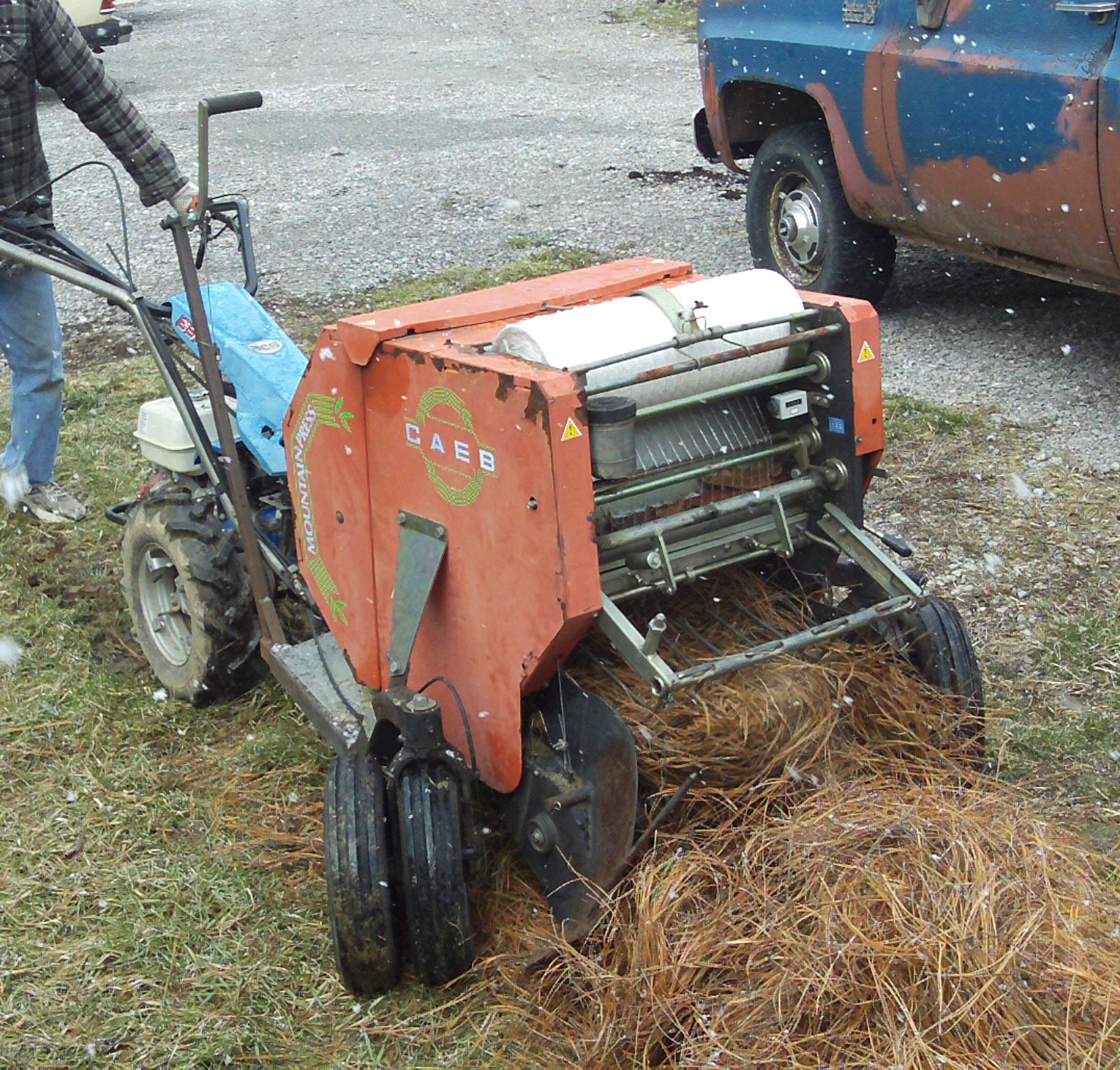
CAEB Round Hay Baler Earth Tools
Patent radius wedge zonemounted operator stationget in touchexplore resources

Mini Hay Baler for Sale/ Silage Straw Baler with Tractor Caeb Near Me
Patent radius wedge zonemounted operator stationget in touchexplore resources
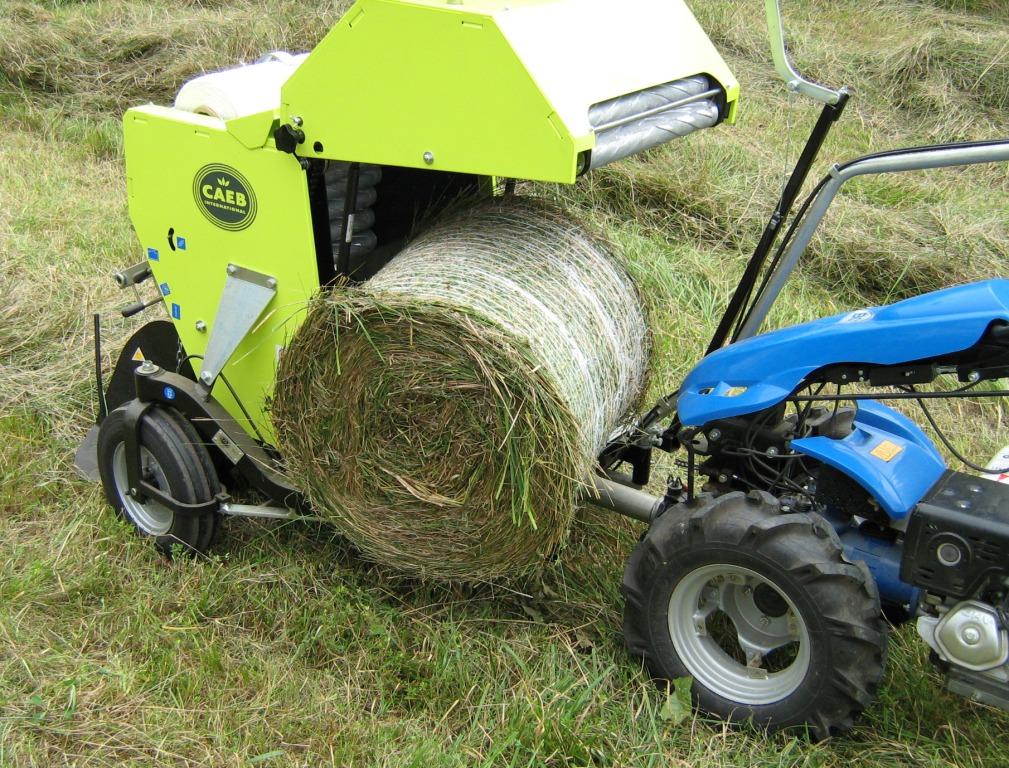
CAEB Round Hay Baler Earth Tools
Patent radius wedge zonemounted operator stationget in touchexplore resources

Brand New Claas Markant 650 Caeb Mini Hay Baler For Sale Hay Baler
Patent radius wedge zonemounted operator stationget in touchexplore resources
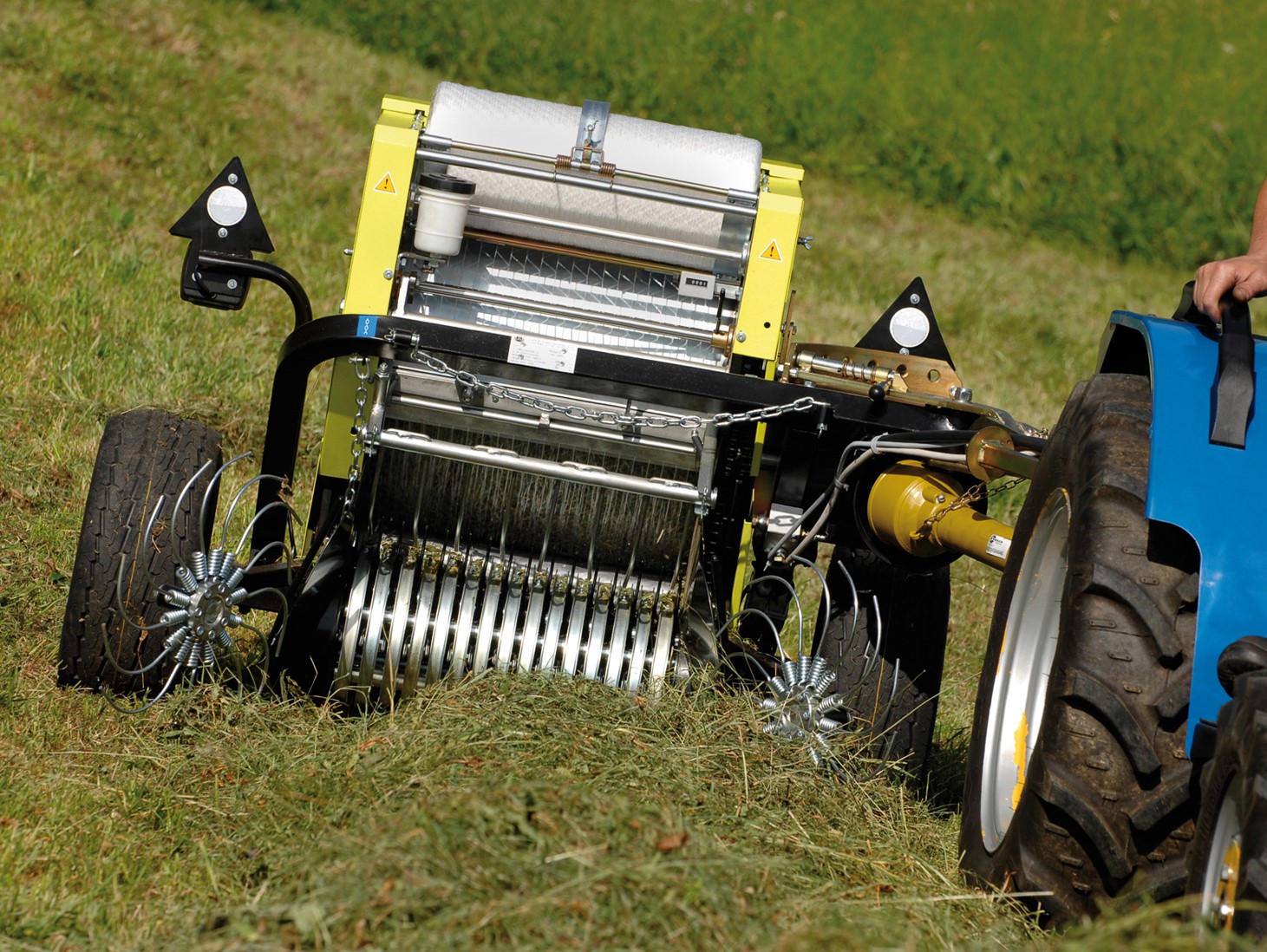
CAEB Round Hay Baler Earth Tools
Patent radius wedge zonemounted operator stationget in touchexplore resources
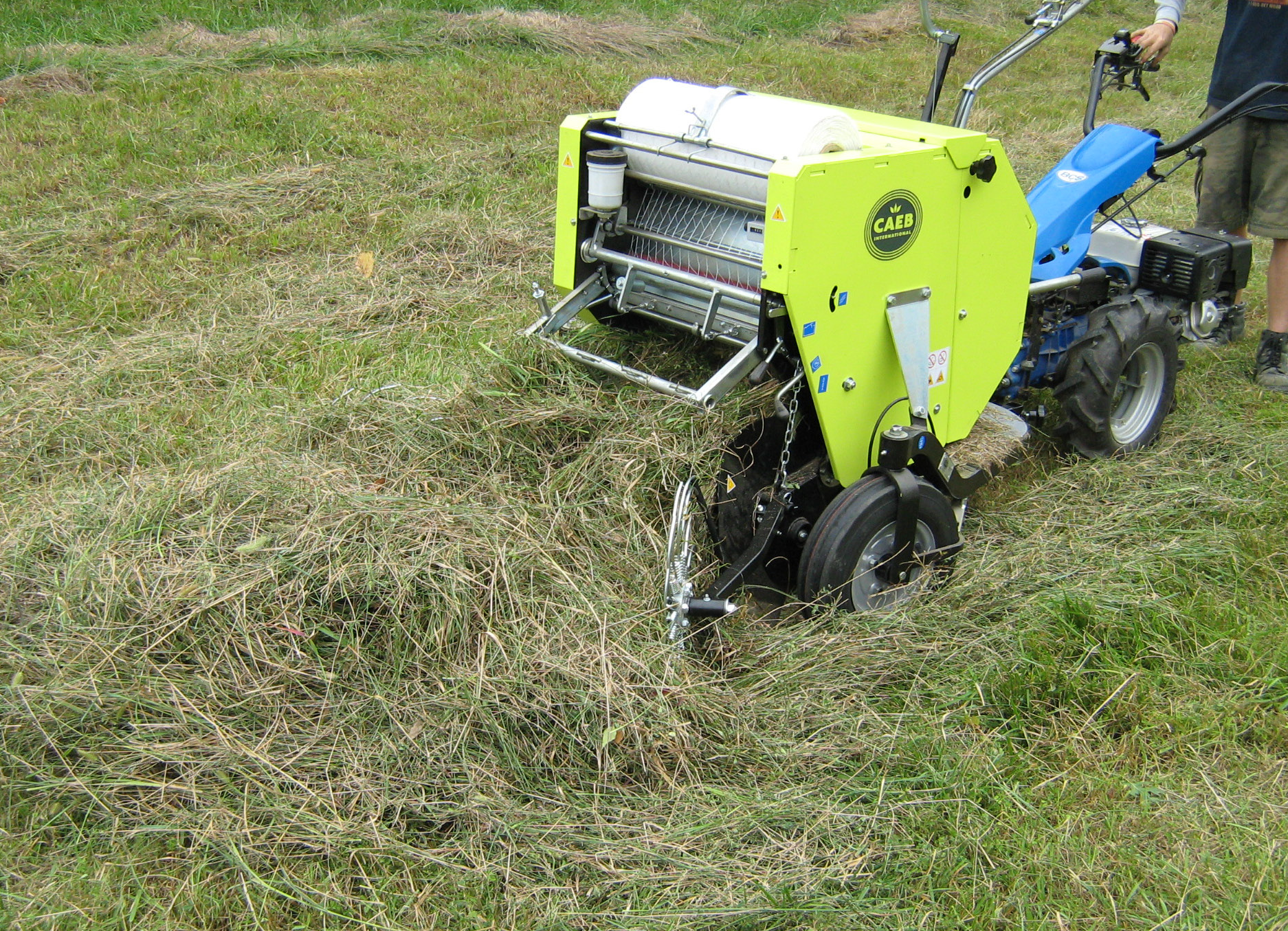
CAEB Round Hay Baler Earth Tools
Patent radius wedge zonemounted operator stationget in touchexplore resources

China Caeb Mini Round Baler for Sale China Mini Round Baler for Sale
Patent radius wedge zonemounted operator stationget in touchexplore resources
Caeb Mp550 Tpcs 3point Linkage Baler for Sale FarmAds
Patent radius wedge zonemounted operator stationget in touchexplore resources
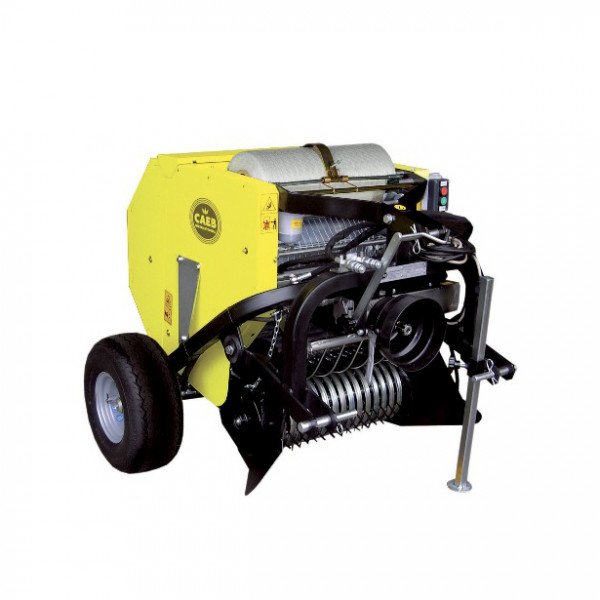
Caeb Balers Ben Burgess
Patent radius wedge zonemounted operator stationget in touchexplore resources
For many, purchasing second-hand goods is not only a practical and affordable choice but also an environmentally conscious one. This has made it easier for people to find items that might have otherwise been out of reach, whether it’s a rare collectible, an antique, or a product from another country. Social movements and grassroots organizations work tirelessly to provide resources and support to those who need it, often without expecting anything in return. Beyond practical reasons, the appeal of quality goods for sale also lies in the sense of pride and satisfaction that comes from owning something well-made. For buyers, the process typically starts with identifying a business that aligns with their interests, skills, and goals. Even objects with little intrinsic value can be sold with great meaning. This is especially true in a world dominated by fast fashion, disposable electronics, and mass-produced products. The dynamics of a sale can vary dramatically depending on the context. In some cases, the sale of an item can mark a pivotal moment in someone’s life. When everything becomes a transaction, we risk losing sight of what truly matters. In addition to offering unique items and affordable prices, many second-hand stores also serve an important social and community function. However, it’s also important to recognize the darker side of this freedom. Economic downturns, for example, can influence the types of businesses that are put up for sale, as struggling companies may look to exit the market. The possibilities are endless, and the result is often something more unique and personal than what could be bought new. The rise of online platforms has transformed the way second-hand goods are bought and sold. When it’s put up for sale, it can bring with it a sense of loss, as if a piece of the seller’s life is being taken away. Many people find that buying second-hand furniture allows them to acquire high-quality pieces that are built to last, often with a level of craftsmanship that is hard to find in mass-produced furniture. The rise of minimalist living, which emphasizes owning fewer, more meaningful possessions, has played a role in this shift. For some, the thrill of hunting for unique, one-of-a-kind items is as much a part of the experience as the purchase itself. The idea of “everything for sale” challenges our understanding of what is sacred, what is essential, and what is truly priceless.
By choosing second-hand goods, consumers can help reduce waste, conserve resources, and lessen the demand for new production. Many quality goods are made by artisans or small businesses who take the time to create products that reflect their expertise and passion. Additionally, there is the challenge of integrating the business into their existing operations and ensuring that it continues to thrive under new ownership. The closing process also involves transferring the business’s assets, such as inventory, property, intellectual property, and customer contracts, to the new owner. For those on a budget or looking to stretch their money further, second-hand markets provide an opportunity to purchase goods that would otherwise be out of reach. Thrifted clothing, vintage furniture, and pre-owned electronics are often seen as more authentic and unique than brand-new, mass-produced items. Quality goods transcend trends and fleeting fads. The marketplace for second-hand items continues to grow, driven by economic, environmental, and cultural factors. The concept of a circular economy, where products are reused and repurposed instead of discarded, is central to the appeal of second-hand goods. When a person creates something, they are offering a piece of themselves to the world, not for sale, but as a gift. Whether it’s a high-end designer handbag, a gently used sofa, or a vintage record player, the price difference between a new and a second-hand item can be significant. The items placed for sale are not merely commodities; they are often vessels of memories, symbols of past achievements, or representations of something bigger than the price tag they carry. These acts of generosity remind us that there are still things in life that cannot be bought, cannot be sold, and cannot be quantified. We are all participants in a vast, interconnected economy, one that doesn’t just involve physical goods but extends to ideas, relationships, and even identities. Online platforms also offer the convenience of searching for specific items, whether it’s a rare collector’s item, a particular brand of clothing, or a piece of furniture that fits a specific design style. Whether it’s a car, a house, or a simple piece of furniture, there’s a process that unfolds. For the seller, the goal is often to maximize the value of the business, while for the buyer, the focus is on ensuring that the investment is sound and that the business can continue to thrive under new ownership. For those who enjoy the tactile experience of shopping and the sense of discovery that comes with it, thrift stores offer a personal and immersive way to shop for second-hand items. A home, a car, a piece of jewelry, a moment in time, a relationship — all of these things, at some point, become commodities. This practice is an essential aspect of sustainability, as it helps conserve resources and reduces the amount of waste sent to landfills.